Dog bites are more common than many people would like to admit, posing a significant public health concern worldwide. Understanding how to prevent these incidents requires a comprehensive grasp of canine behavior and responsible ownership practices. The intention of this post is to equip you with the knowledge needed to interact safely with dogs, whether they’re your pets or unfamiliar canines. In the following sections, you’ll learn about dog behavior, the role of breeds in aggression, and the importance of socialization and training in preventing dog bites.
Contents
- 1 Understanding Dog Behavior
- 2 Dog Breeds And Aggression
- 3 Importance Of Socialization
- 4 Role Of Training In Preventing Dog Bites
- 5 Children And Dog Interaction
- 6 Proper Handling Of Dogs
- 7 Dealing With Unknown Dogs
- 8 Reading A Dog’s Body Language
- 9 Role Of Dog Owners In Preventing Dog Bites
- 10 Be Aware Of How To Prevent Dog Bites!
Understanding Dog Behavior

To prevent dog bites, it’s crucial to understand how dogs communicate their feelings and intentions. Dogs use a combination of body language, vocalization, and facial expressions to convey their emotions. They show signs of discomfort or stress before resorting to biting. It’s vital to recognize these signs and respond appropriately. By doing so, you can significantly reduce the likelihood of dog bites.
Moreover, understanding that different dogs may express fear or aggression in distinct ways is crucial. A dog may show signs of anxiety by licking its lips, yawning, and avoiding eye contact. In contrast, an aggressive dog might snarl, growl, show its teeth, or stand rigid. Understanding these signs can be a stepping stone in preventing dog bites.
Dog Breeds And Aggression
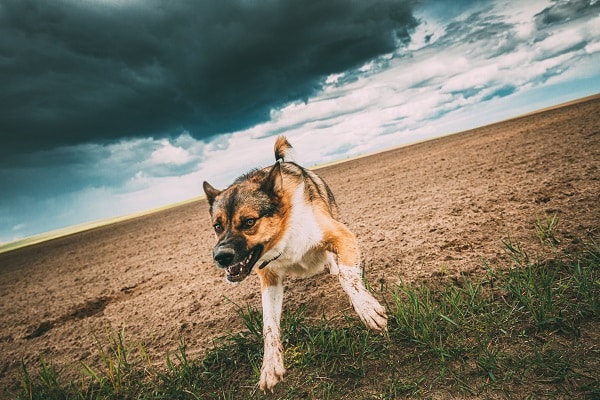
There is a common misconception that some breeds are inherently more aggressive than others. While genetics may play a role in a dog’s disposition, it is the dog’s environment, upbringing, and training that often determine its behavior. Misunderstandings about breed-specific aggression can lead to misplaced fear or inappropriate interactions, potentially increasing the risk of dog bites.
It’s essential to remember that any dog, regardless of breed, can exhibit aggression if poorly socialized, mistreated, or fearful. Similarly, any breed can be gentle and friendly when properly trained and treated with kindness and respect. Therefore, instead of focusing on breed, you should concentrate on promoting responsible dog ownership and positive interactions.
Importance Of Socialization
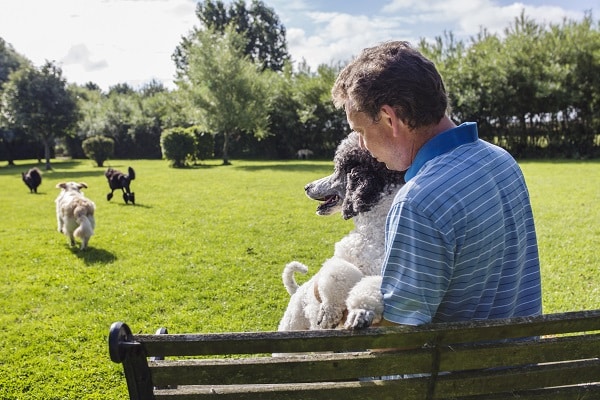
Proper socialization is critical in preventing dog bites. Well-socialized dogs are less likely to react aggressively to unfamiliar people, animals, or situations. This process involves introducing your dog to a variety of experiences, environments, and beings from an early age and reinforcing positive interactions.
Moreover, socialization should continue throughout the dog’s life. Regular exposure to different scenarios helps maintain their comfort level and reduces fear-based aggression. Keep in mind that socialization should be a gradual process, and forcing a dog into overwhelming situations can backfire, potentially leading to fear and anxiety. It’s always best to take a slow and steady approach, allowing the dog to adjust at its own pace.
Role Of Training In Preventing Dog Bites

Dog training plays a key role in preventing bites. Regular obedience training sessions can help manage your dog’s behavior, promoting calmness and control. This includes teaching your dog basic commands like ‘sit’, ‘stay’, ‘leave it’, and ‘come’. Training can help manage a dog’s potentially aggressive behavior and foster a strong bond between the dog and the owner, facilitating better communication and understanding.
Additionally, positive reinforcement techniques can be highly beneficial in dog training. Rewarding good behavior and ignoring or redirecting unwanted behavior can help shape your dog’s responses. On the other hand, punishment-based training methods can lead to fear and anxiety, which may increase the risk of bites. Remember, effective training is about communication, patience, and consistency.
Children And Dog Interaction
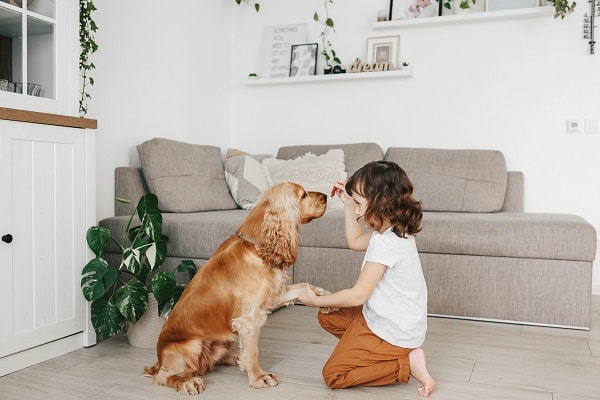
Educating children about the correct ways to interact with dogs is paramount in preventing dog bites. Teach your child to always ask for permission before petting a dog, not to disturb dogs while they are eating or sleeping, and to avoid direct eye contact, which dogs can perceive as a threat. It’s also important to instruct children not to tease dogs, as this can lead to aggression.
Supervision is equally crucial during interactions between dogs and children. Young children may unintentionally provoke a dog by touching it in sensitive areas or playing too roughly. By supervising their interactions, you can ensure that both the child and the dog are comfortable and safe. Remember, no child should ever be left alone with a dog, no matter how friendly the dog may seem.
Proper Handling Of Dogs

Proper handling of dogs involves respecting their boundaries and understanding their comfort zones. For example, some dogs might not feel comfortable being petted on the head or being hugged. Always approach dogs in a non-threatening manner and pet them in areas where they feel comfortable. Never force your attention on a dog that appears to be anxious or fearful.
It’s also important to understand how to approach a dog correctly. Instead of reaching over the dog’s head, which can be perceived as a threat, approach from the side and allow the dog to sniff your hand. Avoid sudden movements or loud noises which could startle the dog. Knowing how to handle dogs appropriately can go a long way in preventing bites.
Dealing With Unknown Dogs

Encountering an unknown dog can be unpredictable. Always respect the dog’s space and do not approach it without the owner’s permission. If an unknown dog approaches you, stand still, avoid making direct eye contact, and allow the dog to sniff you. Do not run or scream, as this could trigger the dog’s prey drive.
If you come across a stray or unattended dog, particularly one showing signs of aggression, maintain your distance and contact local animal control authorities. If a dog appears to be threatening, use a calm and assertive voice to command it to stay or go away. Never attempt to pet or feed an unknown dog without first assessing its behavior and ensuring it’s safe to do so.
Reading A Dog’s Body Language
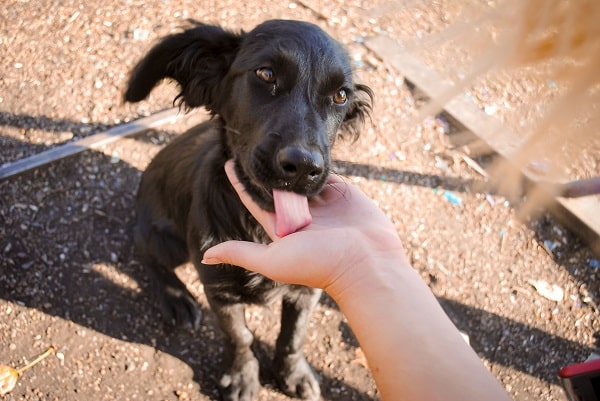
Understanding dog body language is crucial to prevent bites. Dogs typically display signals before resorting to aggression. Common warning signs include a stiff body, raised fur, a tucked tail, flattened ears, or showing the whites of their eyes. These signs indicate the dog is uncomfortable and may bite if the perceived threat continues.
Apart from these warning signs, it’s essential to understand that a wagging tail doesn’t always signify friendliness. The speed and direction of the tail wag, combined with other body language, can convey different messages. A slow, low wag could indicate fear or insecurity, while a fast, high wag might express excitement or potential aggression. By accurately interpreting these signs, you can avoid actions that might trigger a bite.
Role Of Dog Owners In Preventing Dog Bites
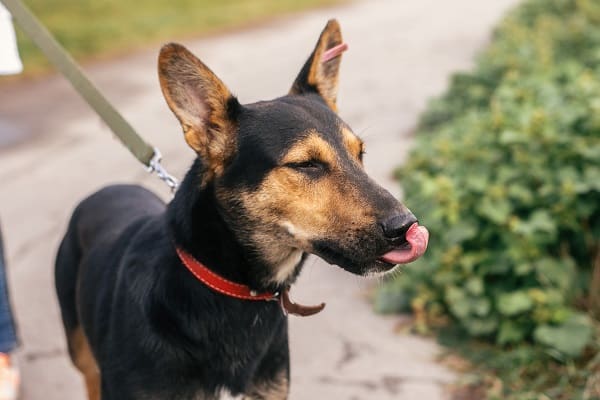
As a dog owner, you play a significant role in preventing dog bites. This responsibility starts with ensuring your dog is well-trained, socialized, and mentally and physically stimulated. It also involves understanding your dog’s personality and triggers to anticipate and prevent aggressive reactions. Keeping your dog on a leash in public areas also helps control its interactions with people and other dogs.
Furthermore, regular vet check-ups are essential, as health issues can sometimes lead to changes in a dog’s behavior. A dog in pain might become irritable or anxious, leading to increased chances of biting. Always maintain up-to-date vaccinations for your dog, especially rabies, to protect both your pet and others in case of a bite.
Be Aware Of How To Prevent Dog Bites!
Preventing dog bites is a shared responsibility that hinges on understanding canine behavior, responsible pet ownership, and appropriate human-dog interactions. By understanding dog behavior, socializing and training your dogs, properly supervising children, handling dogs correctly, and recognizing the signs of fear or aggression, you can significantly reduce the risk of bites. Let’s not forget the role of local authorities, veterinary professionals, and dog trainers in this process. By embracing these practices, you contribute to safer communities and better lives for your canine companions.


